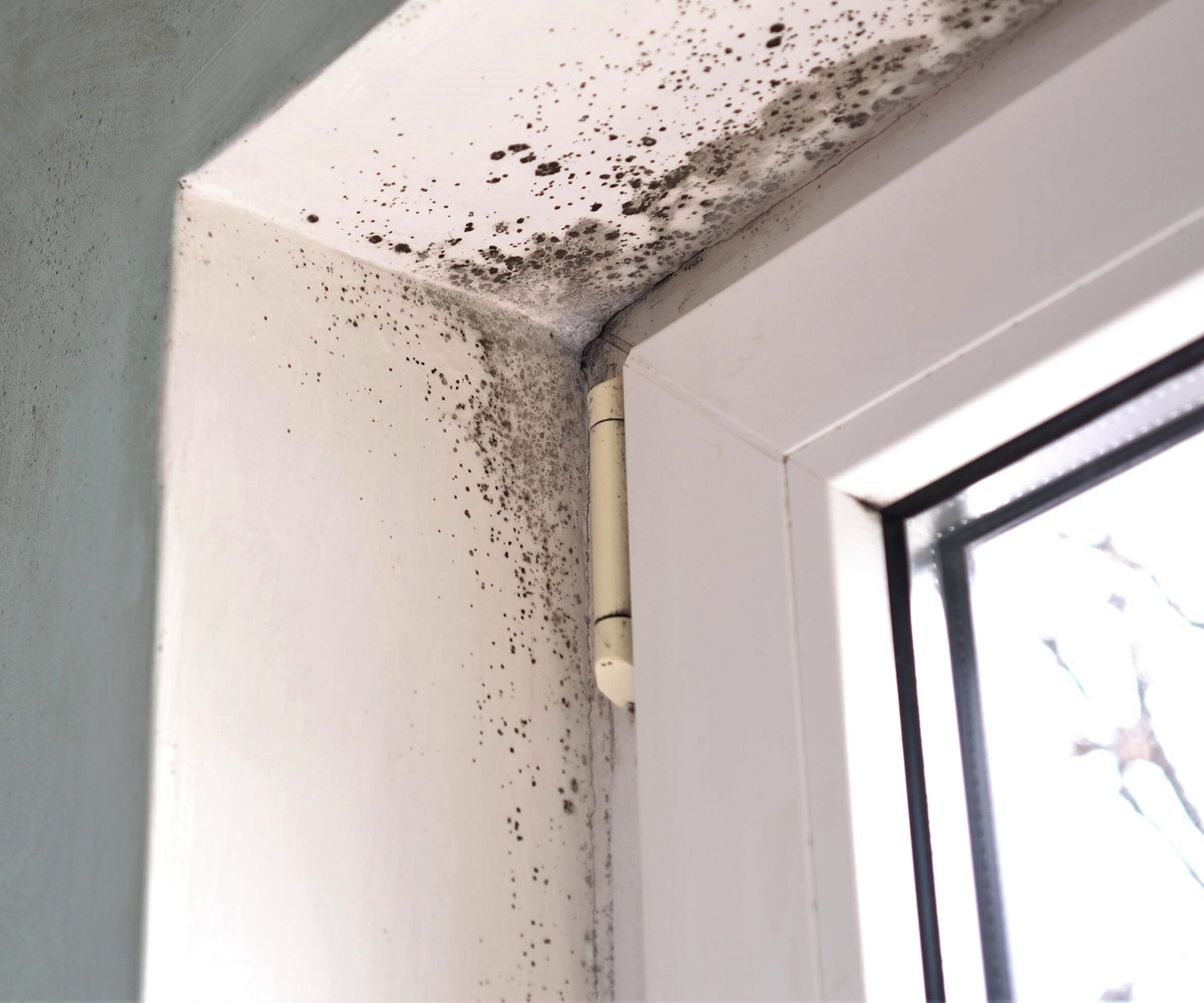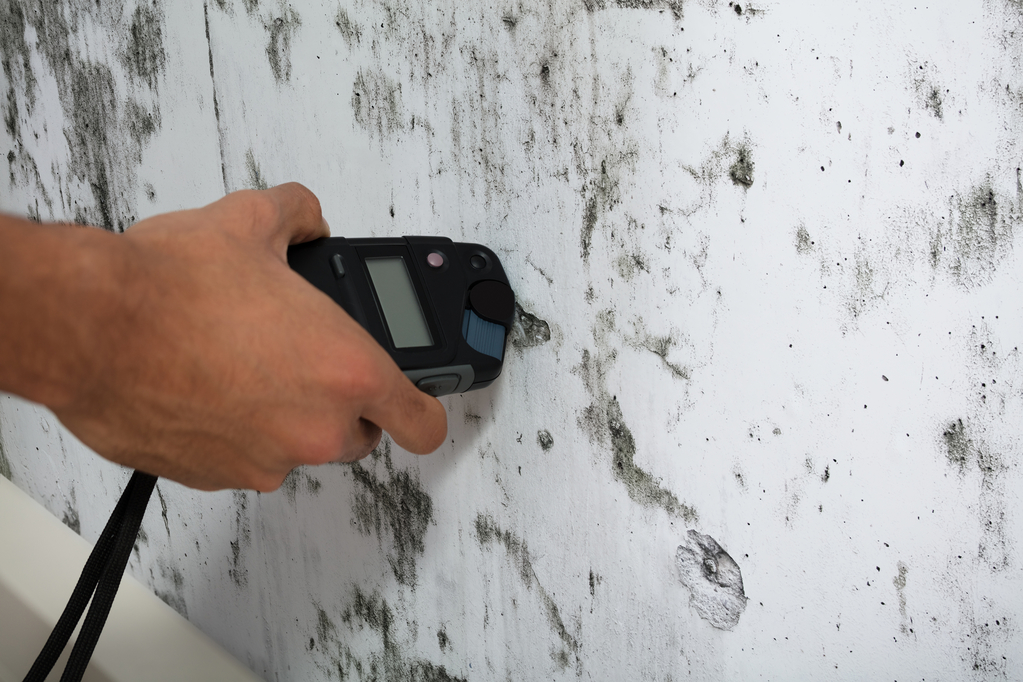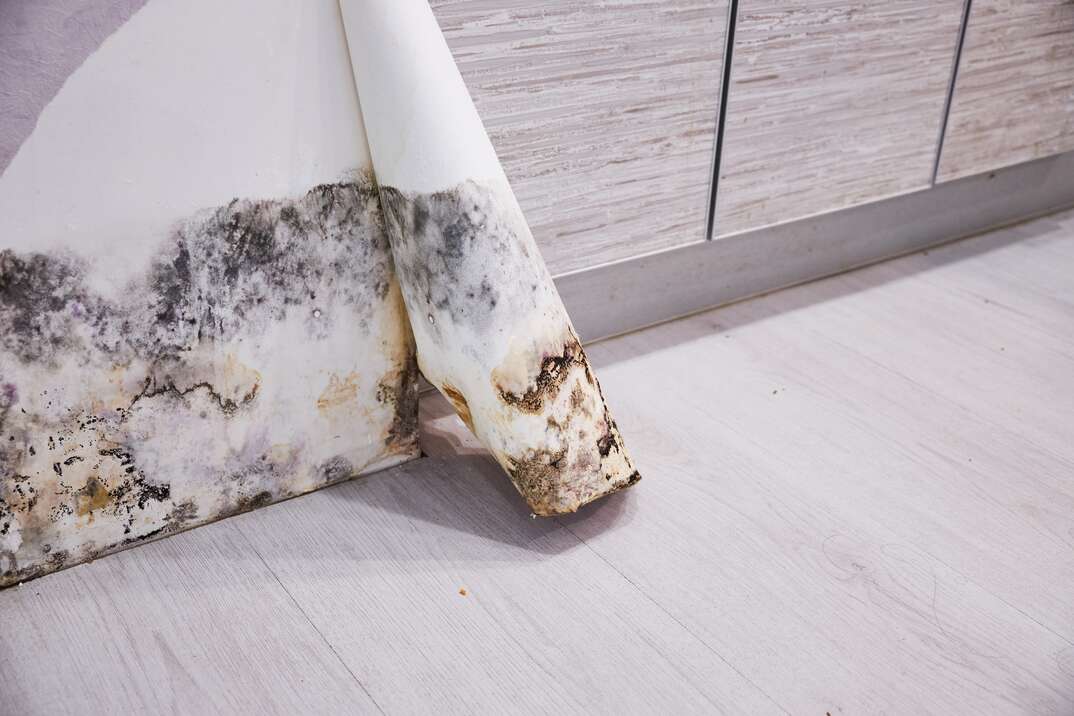Testing Air Quality After Mold Remediation
Your Ultimate Guide to Blog Post Mold And Mildew Removal Techniques
Browsing the realm of post-mold removal strategies is a careful procedure that requires interest to detail and a comprehensive understanding of the complexities involved. In the after-effects of mold and mildew problem, knowing how to successfully eliminate the mold and mildew and stop its reoccurrence is extremely important for preserving a healthy and balanced interior atmosphere. From selecting the right cleaning and decontaminating techniques to applying approaches for long-lasting mold and mildew avoidance, each step in the removal trip plays an important duty in ensuring an effective outcome. As we begin on this exploration of post-mold removal methods, we will discover the vital approaches and best practices that can assist you restore your area to its pre-mold problem and guard it versus future mold hazards.
Recognizing Post-Mold Remediation Process
After completing the mold remediation procedure, it is vital to comprehend the post-mold remediation strategies that are necessary to ensure a complete and efficient cleaning. When the mold and mildew has actually been removed, the next step involves cleansing and decontaminating the influenced locations to stop any type of regrowth of mold and mildew. This includes utilizing specialized cleaning up agents to clean down surfaces and kill any type of remaining mold spores. It is vital to dry out the area completely to dissuade the development of mold and mildew in the future (Post Mold remediation cleaning). Correct air flow and dehumidification can help in this procedure.
Additionally, carrying out a last evaluation post-remediation is essential to ensure that all mold and mildew has actually been effectively eliminated. If the examination exposes any type of lingering mold, extra removal might be essential.
Reliable Cleansing and Decontaminating Techniques

Protecting Against Future Mold Growth

Significance of Proper Air Flow
Appropriate ventilation plays a critical role in avoiding dampness accumulation, a crucial factor in mold growth within indoor environments. Efficient air flow systems aid get rid of excess moisture from the air, decreasing the opportunities of mold spores finding the dampness they require to spread and sprout. Without sufficient air flow, interior rooms can become a check breeding ground for mold and mildew, causing prospective health and wellness dangers and architectural damages.
By guaranteeing correct air blood circulation, ventilation systems can additionally help in drying moist locations faster after water damage or flooding incidents, better preventing mold growth. After mold remediation. Precede like washrooms, cooking areas, attics, and cellars where dampness levels tend to be higher, installing and keeping efficient ventilation systems is essential in the original source avoiding mold and mildew invasions

Surveillance and Upkeep Tips
Given the critical role that proper air flow plays in protecting against mold and mildew growth, it is important to develop effective surveillance and maintenance pointers to make certain the ongoing capability of ventilation systems. Monitoring humidity degrees within the home is also important, as high moisture can contribute to mold growth. By staying positive and mindful to the problem of ventilation systems, residential or commercial property proprietors can properly alleviate the risk of mold regrowth and keep a healthy indoor setting.
Conclusion
Finally, post-mold remediation methods are important for making sure a safe and clean environment. Comprehending the procedure, executing reliable try these out cleansing and sanitizing methods, protecting against future mold and mildew development, keeping appropriate ventilation, and normal monitoring are all critical action in the removal process. By adhering to these standards, you can effectively get rid of mold and prevent its return, advertising a healthy living or functioning space for all passengers.
In the aftermath of mold and mildew problem, knowing exactly how to successfully remove the mold and stop its reoccurrence is vital for keeping a healthy indoor environment. Once the mold and mildew has been gotten rid of, the next step includes cleansing and sanitizing the affected locations to stop any kind of regrowth of mold - Post Mold remediation cleaning. After removing visible mold and mildew development, it is crucial to clean up all surfaces in the affected location to eliminate any continuing to be mold spores. To even more enhance mold avoidance steps, it is important to deal with underlying issues that originally led to mold advancement.Provided the vital function that correct ventilation plays in stopping mold growth, it is critical to develop reliable monitoring and maintenance tips to ensure the ongoing performance of air flow systems